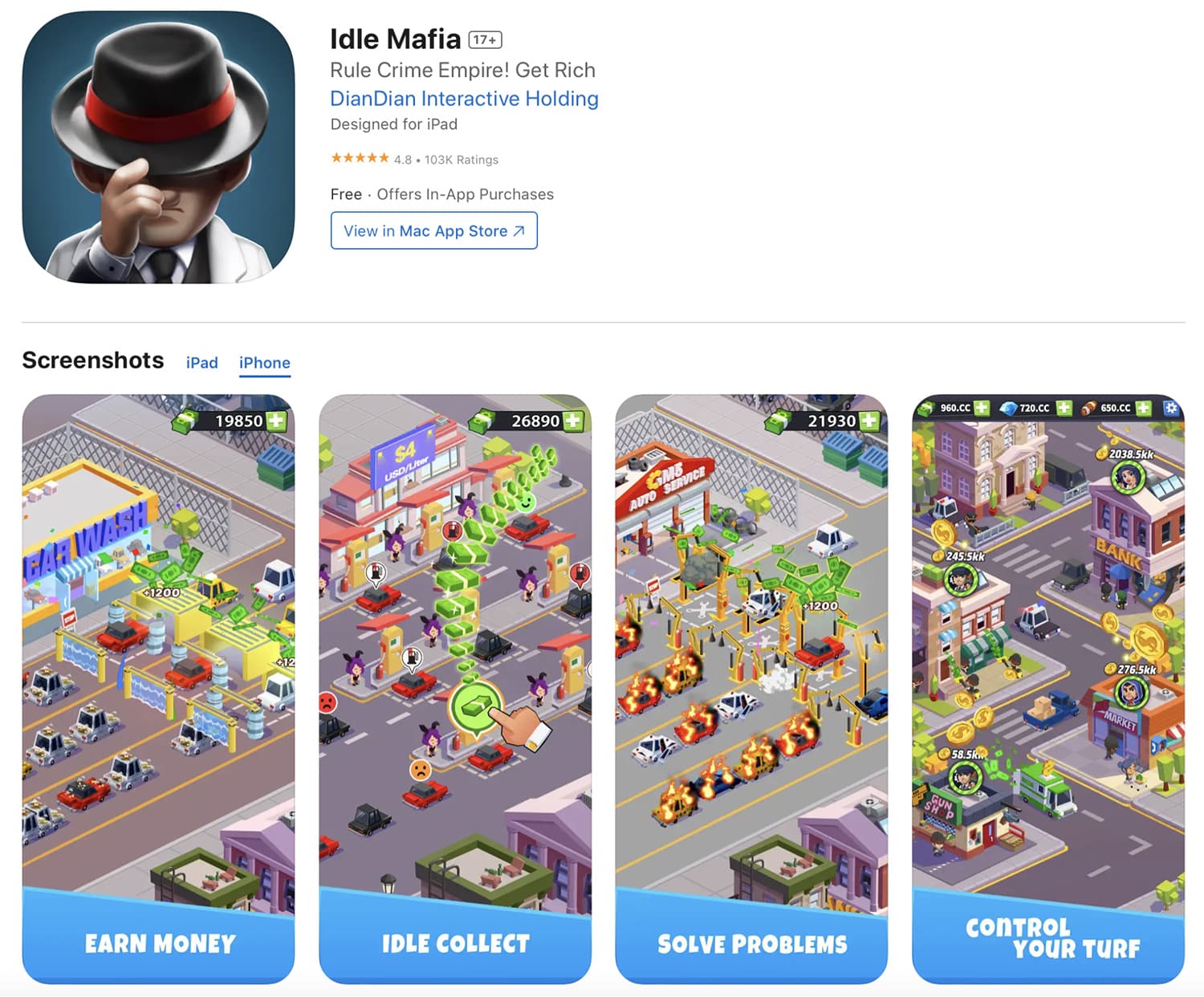Anna Frangogianni, Game Growth BD Manager | Mijiba
For game developers, a clear and properly implemented ASO strategy can make or break a game’s organic success. I would go further and say that ASO is integral to any well-planned, comprehensive user acquisition strategy. While many factors can contribute to a winning ASO strategy, metadata optimization stands out for its direct impact on app visibility and discoverability.
Here are the top five mistakes to avoid during your metadata optimization process:
One of the most common mistakes is duplicating keywords across metadata fields, such as the title, subtitle, and keywords field on the Apple App Store. Duplications in these fields will do nothing for your app’s visibility; rather, they waste precious space that could be used to incorporate additional, high-volume keywords.
On the other hand, duplicating keywords in your long description on Google Play can boost discoverability, if done correctly.
Tip: For the long description in Google Play, aim for a keyword density of between 2-3%. This is calculated by taking the number of times a focus keyword is used in the long description divided by the total number of keywords in the long description x 100.
Example: Look at the keyword density of Idle Miner Tycoon: Gold & Cash. Strategic keywords like “idle” and “tycoon” fall within the ideal range within the long description.

You get 30 characters for your title and subtitle fields and 100 characters in the hidden metadata field on the Apple App Store. Use them! Otherwise, you’re missing the chance to use valuable keywords in the fields that are visible in search and browse pages, as well as discoverable by users casually searching the stores for games similar to yours. It is also important to be aware that visible metadata fields carry more weight in the Apple App Store’s algorithm than the hidden metadata field.
Things are a little different on the Google Play side, as the algorithm is centered around keyword densities. What does that mean? Developers need to strategically use keywords across all their metadata fields (Title – 30 characters, Short Description – 80 characters, and Long Description – 4,000 characters) by finding a balance between the keywords they want to target and messaging that makes sense. Concise sentences/statements, especially in the short and long description fields, can actually perform better than longer entries—so be strategic and A/B test with Google’s native tools, and by all means, avoid keyword stuffing!
Note: A newer game might benefit from a more focused keyword strategy so that it can gain more weight in the algorithms. Expanding keyword usage to capture a broader audience becomes more important as the game gains traction.
Targeting the right keywords is a balancing act between search volume, difficulty scores, and relevance. Opting for keywords solely based on your brand or those with low search popularity can cause you to miss out on significant traffic. Aiming for a mix of short and long-tail keywords that promise high traffic and relevance to your game’s content is important.
People scrolling through app stores tend to have a very short attention span. Usually, if they land on your game’s page, they have a purpose: to decide if the game is worth downloading! So, your visual metadata (the CTAs in your screenshots) must be clear, easy to read, and aligned with the search terms and keywords they used to find your game in the first place.
Example: Look at Idle Mafia’s use of “idle” in the second screenshot.

Any solid ASO strategy should be grounded in comprehensive market and competitor analysis. Without this foundation, you risk overlooking key opportunities and challenges within your game’s niche.
Do what the top developers and publishers do: collect an exhaustive list of keywords that represent the core and marginal users you want to target, and then prioritize them based on the following scores:
Note: It is common for newer games to get less traffic using keywords with high popularity scores since larger games with bigger audiences (that are also promoted by the algorithm) tend to aim for these keywords as well. This is where strategic UA comes in to support your organic strategy once you start getting more traffic.
Avoiding these common mistakes in metadata optimization can dramatically improve your game’s overall ASO performance. By strategically selecting and applying keywords, aligning your visual and text metadata, and grounding your efforts in thorough research, you can improve your app’s discoverability and appeal to a wider audience, driving downloads and engagement.
To learn more about how your game can bring in more players, more revenue, and scale faster, apply for Mijiba’s Growth Accelerator Program.